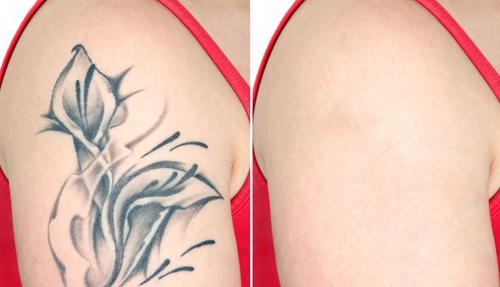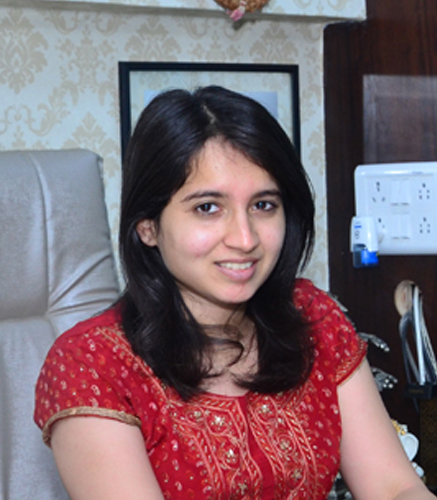
What is hair transplant?
It's a surgical procedure done by hair transplant surgeon, under local anesthesia hair root form donar areas are transplanted into bald areas.Does hair transplant work?
Yes as science is progressing we are able to transplant follicular units of micro-grafts with precision by expert hair transplant surgeon. The transplanted hair has the same color, characteristics, curl & growth rate. Modern Infrastructures & techniques provide guaranteed natural results. Natural result.When can I resume my work?
This is a day care procedure, modern techniques allow us to resume our work very next day, but in some cases two days off may be required.Is hair transplant painful?
With the help of advance anesthetic agent, pain is mostly avoidable but little pain during anesthesia injection can be possible.How much time is needed for surgery?
It depends on number of follicular grafts required.Generally it takes 7-8 hrs. but if the area is small then it may require 3-5 hrs. during procedure a small can hear music, watch TV, can go for snack break, and attend calls on cell.How much time will it take for complete re-groth?
In normal condition, 3-4 month is sufficient time for re-growth, however, result may vary patient to patient.Are there any major complication following surgery?
No.


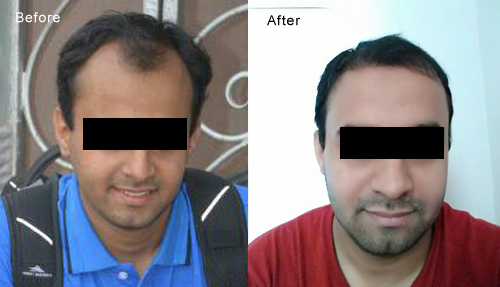
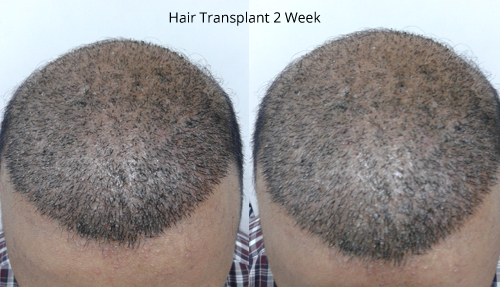
Like good health and youth, most of us take our locks for granted that is, until they're gone. For many people, a hair transplant can help bring back what looks like a full; or at least a fuller, head of hair. If thinning or going bald really bothers you, this procedure can be one way to feel more confident about your looks. Hair transplant is a cosmetic procedure done to restore the lost hair and lift the looks of the person.
There are a number of applications for Hair Transplant Surgery, including:
Hair transplantation is a surgical technique that moves individual hair follicles from a part of the body called the 'donor site' to a bald or balding part of the body known as the 'recipient site'. In this minimally invasive procedure, grafts containing hair follicles that are genetically resistant to balding, (like the back of the head) are transplanted to the bald scalp. Hair transplantation can also be used to restore eyelashes, eyebrows, beard hair, chest hair and pubic hair and to fill in scars caused by accidents or surgery such as face-lifts and previous hair transplants.
Since hair naturally grows in groupings of one to four hairstrands, today's most advanced techniques harvest and transplant these naturally occurring hair "follicular units" in their natural groupings. Thus, modern hair transplantation can achieve a natural appearance by mimicking natural hair for hair. This hair transplant procedure is called Follicular Unit Transplantation (FUT). Donor hair can be harvested in two different ways: strip harvesting and Follicular Unit Extraction (FUE).
Procedure:
Pre-operative assessment and planning
At an initial consultation, the surgeon analyzes the patient's scalp, discusses their preferences and expectations and advises them on the best approach (e.g. single vs. multiple sessions) and what results might reasonably be expected.
For several days prior to surgery, the patient refrains from using any medicines which might result in intraoperative bleeding and thereby resultant poor "take" of the grafts. Alcohol and smoking can contribute to poor graft survival. Post-operative antibiotics are commonly prescribed to prevent wound or graft infections.
Harvesting method by Follicular unit extraction (FUE):
Post-operative care:
In recent past, people are trying to solve the problem of hair loss as well as regain of lost hair.
Few years back after observing the success of platelet rich plasma(PRP), International socity for hair Restoration Surgeons (ISHRS) attempted to see the effect of PRP on hair loss. The result was amazing and encouraging.
Now as per ISHRS recommendation doctors all over world using this procedure to stop hair loss and regain of lost hair.
Mumbai clinic hair experts team went one step further to make it more powerful and renamed it PEP therapy which is much it more powerful and renamed it PEP therapy which is much rewarding and powerful than original PRP.
If we talk to the patients, the results itself say the success story of this procedure.
What is average hair loss per day?
As per recent studies suggest an average upto 50-100 hair/dayWhat is hair loss?
Any number above 100 is hair lossWhat are the causes of hair loss?
Genetic hair loss, stress, poor nutrition, Harmonal imbalance, Vitamin deficiency, scalp infection, smoking, incorrectly applied artificial hair color & gelWhat are the effects of hair loss?
Destroy look, devastate confidence, weaken relationship, create mental-anxiety, hamper social life, after inferiority complex add and create embarrassing situationsWhat is male pattern baldness (MPB)?
Under influence of some hormones men start to shed hair first from areas above eyebrows in M-pattern, then from central part or in crown in o-pattern, such pattern is only found in males hence it is called as MPB are AGA(Androgenic Alopecia)What are treatment modalities?
Medical: topical & OralPRP has been appreciated in many fields as well, here we use for hair & facial skin rejuvenation. Its Natural way to enhance nature's creation of your beauty.


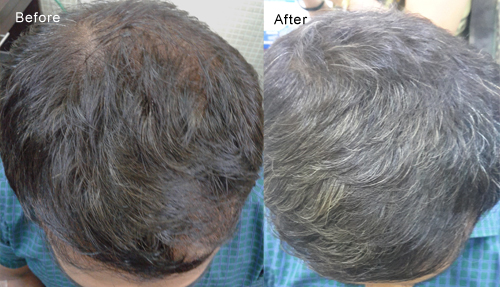
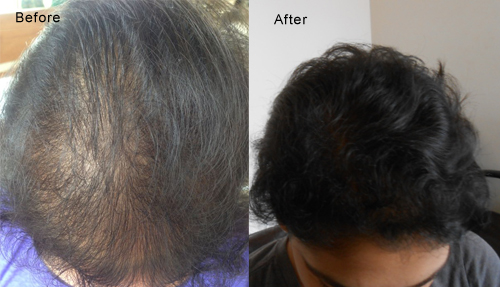
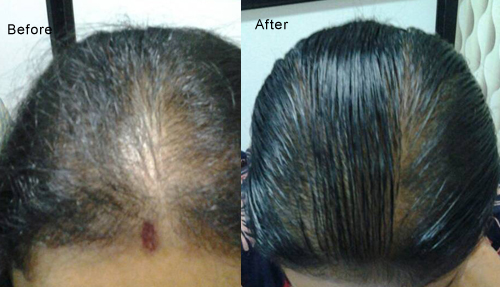
What is average hair loss per day?
Recent studies suggest that on an average, humans lose 50 to 100 hairs per day. So any number over and above 100 is considered to be hair loss.What are its principal causes?
Stress, Genetic Hair loss, Poor nutrition, Hormonal Imbalance, Vitamin deficiency, Scalp Infection, Smoking, Misuse of Hair Color & Gel.How can hair loss affect an individual?
Creates inferiority complex, destroys confidence, weakens relationships, hampers social life and creates embarrassing situations.What is Male Pattern Baldness (MPB)?
Under influence of some hormones men start to lose hair initially from above the eyebrows in M-pattern and later from crown in O-pattern. Such a pattern is only common in males and hence termed (MPB) or AGA (Androgenic Alopecia).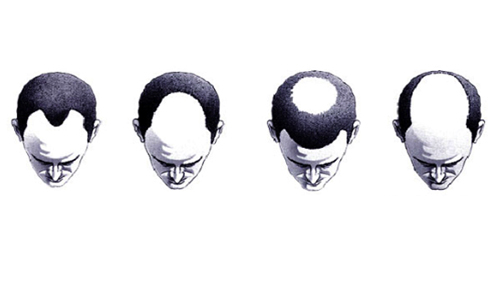
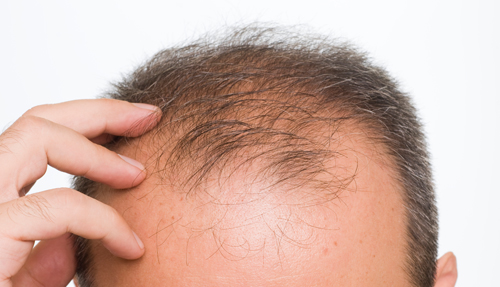
Skin is the largest organ of your body. Healthy skin indicates the signs of internal health. Many conditions which seems to be as usual can be leading marker for your chronic disease

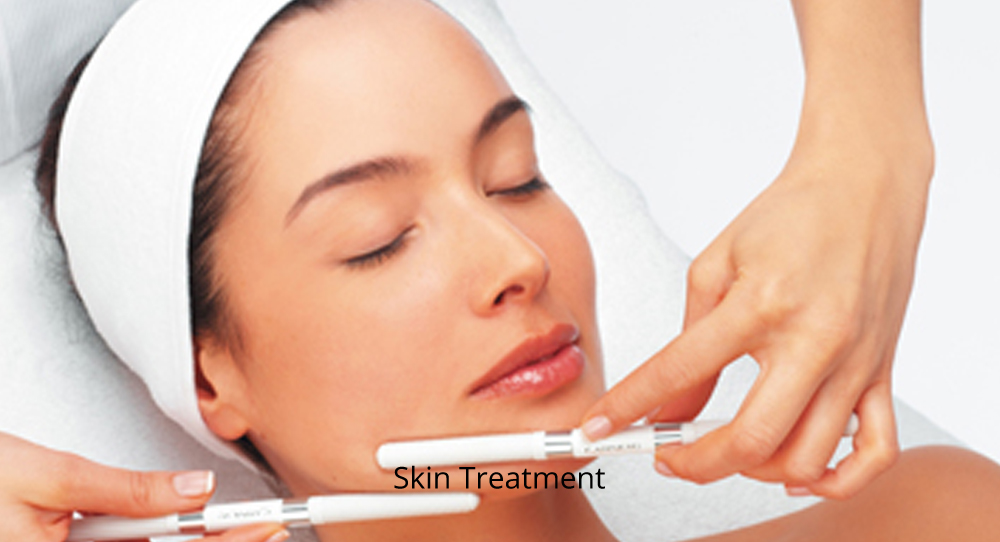
Acne is a long-term skin disease that occurs when hair follicles become clogged with dead skin cells and oil from the skin. Acne can appear on the back, chest, neck, shoulders, upper arms and buttocks. Most people who have acne are teenagers or young adults but acne can occur at any age.
Causes of Acne:
Genetics: Genetics are thought to be the cause in 80% of cases
Hormonal: Which occurs during puberty, may contribute to the formation of
acne. During puberty, an increase in sex hormones called androgens causes the follicular
glands to grow larger and make more sebum. Acne that first develops between the
ages of 21 and 25 is uncommon.
Medical conditions that commonly cause a high-androgen state, such as polycystic
ovary syndrome, congenital adrenal hyperplasia, and androgen-secreting tumours,
can cause acne in affected individuals.
An increase in androgen (and sebum) synthesis may also be seen during pregnancy.
Diet: The role of diet as a cause is unclear and neither cleanliness nor sunlight appear to be involved. So the relationship between diet and acne is unclear, as there is no absolute evidence which establishes any definitive link.
Psychological: Research indicates that increased acne severity is associated with high stress levels in certain settings (e.g., in association with the hormonal changes seen in premenstrual syndrome)
Acne symptoms
Acne can cause more than blemishes. Studies show that people who have acne can have
Low self-esteem & Depression
Dark spots on the skin: These spots appear when the acne heals. It can take months or years for them to disappear.
Scars (permanent): People who get acne, cysts and nodules often see scars when the acne clears. You can prevent these scars.
Steps to Prevent Acne and taking care of skin with acne
Keep skin clean, but don't overdo it.
Avoid skin-care and makeup products that can cause irritation.
Choose makeup products for your skin type. If you have oily or combination skin, stick to makeup that's labelled as being for that skin type. Avoid creamy, heavy formulae and choose powder formulae when possible.
Remove makeup before going to bed.
Protect yourself from the sun.
Exercise daily.
Relax!
Acne treatment that you apply to the skin:
topical treatment: Most acne treatments are applied to the skin.
Acne treatment that works throughout the body: Medicine that works throughout the body may be necessary when you have red, swollen types of acne.
Antibiotics
Isotretinoin(the only treatment that works on all that causes acne).
Procedures that treat acne: Your dermatologist may treat your acne with a procedure that can be performed during an office visit. These treatments include:
Lasers and other light therapies: These devices reduce the p. acnes bacteria. Your dermatologist can determine whether this type of treatment can be helpful.
Laser resurfacing can be used to reduce the scars left behind by acne.
Light therapy (also known as photodynamic therapy) is a method that involves delivering intense pulses of light to the area with acne following the application of a sensitizing substance.
Chemical peels:Dermatologists use chemical peels to treat 2 types of acne — blackheads and papules.
These peels only affect the epidermal layer of the skin and can be useful in the treatment of superficial acne scars as well as skin pigmentation changes from inflammatory acne.

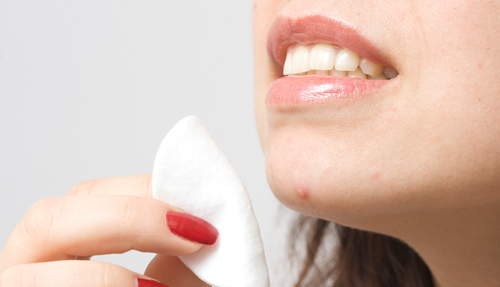
It is an advanced fractional Q-switched ND YAG LASER with targets underlying melanin and gives best result in
Glow Laser for Specific Condition:
Facial Laser: tribeam laser removes the superficial dead layer of skin with immediate underlying fresh younger cells to rejuvenate It gives flawless skin with removal of blemishes and uneven tone and patchy pigmentation gets corrected
Freckels: congenital acquired genetically oriented skin condition where skin
has 1 to 3 mm flat dark spots mainly over face It usually darkens on sun exposure
No available creams can correct it; only sunscreen protects it from further darkening
Tribeam removes the extra melanin present in freckles and gives flawless skin
Macular amyloidosis: due to continuous scratching or using scrubber while bathing this pigmentation mainly present over back hand. Few creams and peel help to reduce it to some extent but Tribeam gives a definite solution and can correct it to 70-80%.
Advantages of Glow Laser
It selective target of melanin doesn't damage epidermal layers, so suitable for all skin types
Laser hair removal is one of the most commonly done cosmetic procedures The laser beam is highly concentrated light onto the hair follicles. Pigment in the follicles absorbs the light that destroys the hair.
At mumbai clinic we use US F.D.A approved Diode 808 laser which is the best laser machine for hair removal.
How is the procedure done?
This procedure is done on an outpatient basisIs the procedure painful
You may experience a slight stinging sensation during the procedure therefore a topical anesthetic gel may be applied before the treatment begins and skin cooling during the procedure.How long will the procedure take?
Take fifteen to thirty minutes (however, a longer time period may be required, depending on the area being treated).Which areas can undergo laser hair removal?
Common areas are back, bikini area, chest, face, especially the upper lip and chin, side locks, hands, legs, neck, underarms.Is this procedure only for women
NO, common sites for laser hair removal in men are back and chest.When can I get back to my routine activities?
After your procedure is completed, you will be able to return home and resume your normal activities.Does the Skin become dark after treatment?
With older technology this was a common problem but with our US FDA approved latest Diode 808 laser there is NO CHANGE IN SKIN COLOUR.What to expect when you start the treatment?
Between the first and second week the shedding hair will grow out and fall off.How many sessions are required and the interval between each session?
6 sessions are required which is done once a month.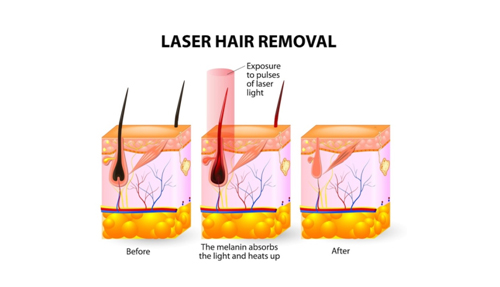
Botox is one of the most predominantly used treatments to reduce the appearance of facial wrinkles and fine lines.Doctors have been using Botox for years to successfully treat wrinkles and facial creases. Botox is a brand name of a toxin produced by the bacterium Clostridium botulinum.. Botox is most often used on forehead lines, crow's feet (lines around the eye) and frown lines. Wrinkles caused by sun damage and gravity will not respond to Botox. It can also be used for lip lines and for the chin and corner of the mouth and neck.
How does Botox work?
Botox blocks signals from the nerves to the muscles and so the injected muscle can't
contract, which makes the wrinkles relax and soften in appearance. Following treatment,
results are usually seen within three to five days; however it can take up to two
weeks to see full results.
How is the Botox procedure performed?
It is a relatively short procedure and requires no anaesthesia. Botox is injected
with a fine needle into specific muscles with only minor discomfort. It generally
takes three to seven days to take full effect
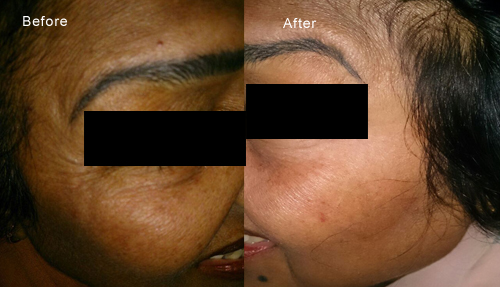
PRP Rejuvenation is a skin treatment in which are used with Platelet Rich Plasma (PRP) to repair and enhance shape of the face. In this treatment your blood is taken and then it is gyrated to separate your blood cells form plasma and platelets. It is then re-injected into your skin to stimulate new skin cells and collagen. It is a kind of cosmetic surgery which can be done under the experienced doctor to get the best results.
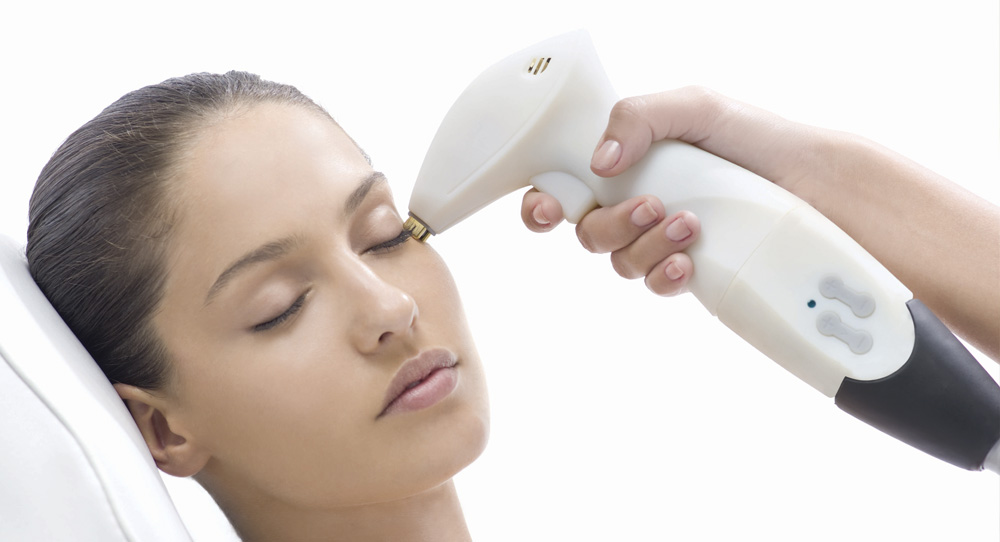
With modern civilization, tattoos has become fashionable. With time one may want to get rid of the tattoo for variety of reasons tribeam laser is the only way to get rid of tattoo. It removes tattoo with pigment "Dispersion Technique" break the content in small fragment & slowly fades the tattoo.
It is a safe procedure with no side effects
